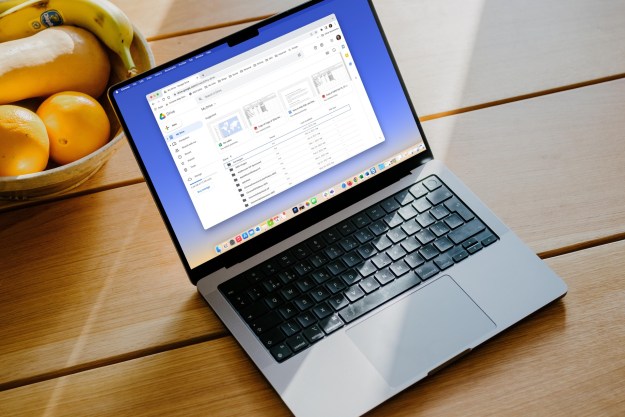Material Design — the look Google introduced on Android back in 2014 — is making the leap to the desktop. Chrome is slowly being revamped in Material’s image, and you can enable some of the changes right now.
Material Design is Google’s visual aesthetic of choice, consiting of a “material metaphor” that according to Google is “inspired by the study of paper and ink, yet technologically advanced and open to imagination and magic”. If you’re used an Android device since 2014, you’re familiar with its faux-paper and colorful icons. Maybe you’ve probably noticed elements of it popping up in other Google products.
Until recently, however, Google’s desktop browser has been left out. That will change when Chrome 50 is released, The Next Web is reporting, when Chrome is updated along Material Design lines. As of this version the current release if Chrome 48, but you can already find, and enable, the initial versions of these changes right now.
For example: the Settings page in Chrome is going to change completely, and if you want to see how it will look you need only to type “chrome://flags/” into the address bar and hit “Enter”. You’ll see the new settings page immediately.
You can enable a few more things, but you’ll need to head to Chrome’s hidden page for advanced tweaking. Be warned: there’s a lot of stuff you can break in there, and the Material tweaks aren’t yet done and could potentially cause problems.
If you’re on Windows or ChromeOS, you’ll see the option to enable “Material Design in the browser’s top Chrome.” Turning this on isn’t revolutionary, but you’ll notice a few differences: tabs are shaped differently, and the three line Settings button at the right of the toolbar is replaced with the three dots used on Android systems.
Windows, Mac, ChromeOS and Linux users can check out “Enable material UI for PDF” to see what the new, Material-based PDF reader for Chrome will look like. It’s similar to what Chrome had before, but with a few round Material-style buttons at bottom-right.
You can also “Enable Material Design downloads” to see how the Downloads page will soon look in Chrome. It’s a visual overhaul, but functionality seems the same.
If you’d rather not experiment on your Chrome, check the slideshow at the top of the article to see how everything looks.
Editors' Recommendations
- 5 web browsers you should use instead of Google Chrome or Edge
- Google may build Gemini AI directly into Chrome
- Here’s yet another reminder that Incognito Mode doesn’t protect your data
- Chrome is still a RAM killer, but this new feature would be a huge help
- I love Macs. But here are 5 reasons I keep coming back to Windows

